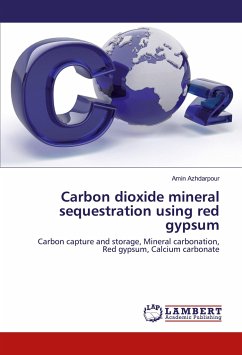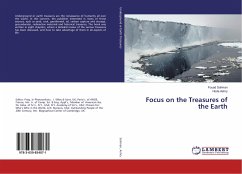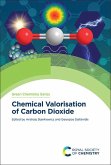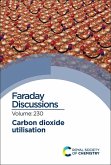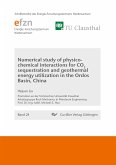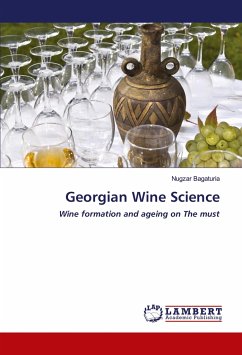The growing energy demand in developed and developing countries has caused concerns regarding the anthropogenic addition of atmospheric carbon dioxide. Over the past century, the global surface temperature has increased by approximately 0.8 C, which is mainly due to increasing the atmospheric carbon dioxide level from 280 ppm to approximately 400 ppm. Improving energy efficiency and promoting energy conservation techniques, switching to low carbon fuels, utilizing renewable energies, as well as carbon dioxide capture and storage (CCS) strategies, are the major approaches to mitigating global climate change. Mineral carbonation is one of the CCS methods, which involve an exothermic chemical reaction between carbon dioxide and a metal-bearing oxide such as CaO, MgO, and/or iron oxides to form stable solid carbonates. Red gypsum is one of the most important industrial wastes that are produced from titanium dioxide manufacturing industry where ilmenite is used as a raw material. Red gypsum as the source of calcium and iron ions can be used as a potential feedstock for securing carbon dioxide from atmosphere through calcium carbonate and iron carbonate production.
Bitte wählen Sie Ihr Anliegen aus.
Rechnungen
Retourenschein anfordern
Bestellstatus
Storno

